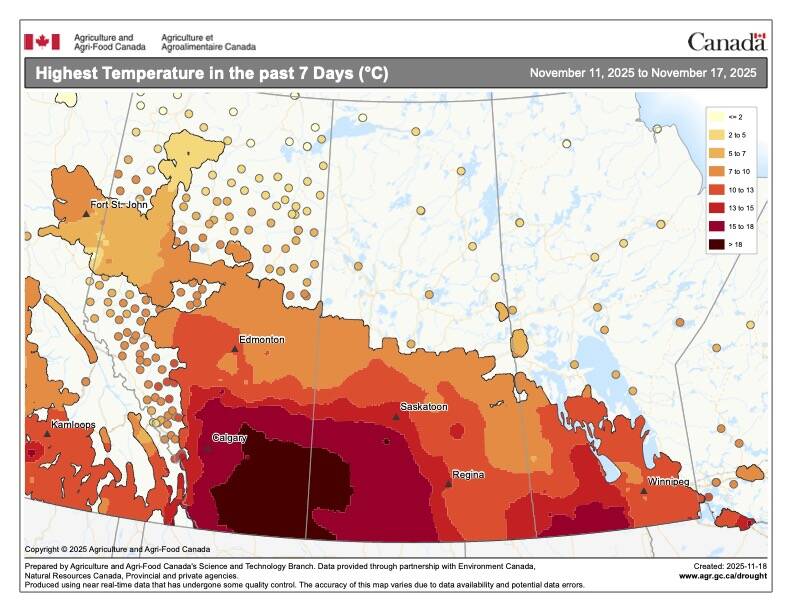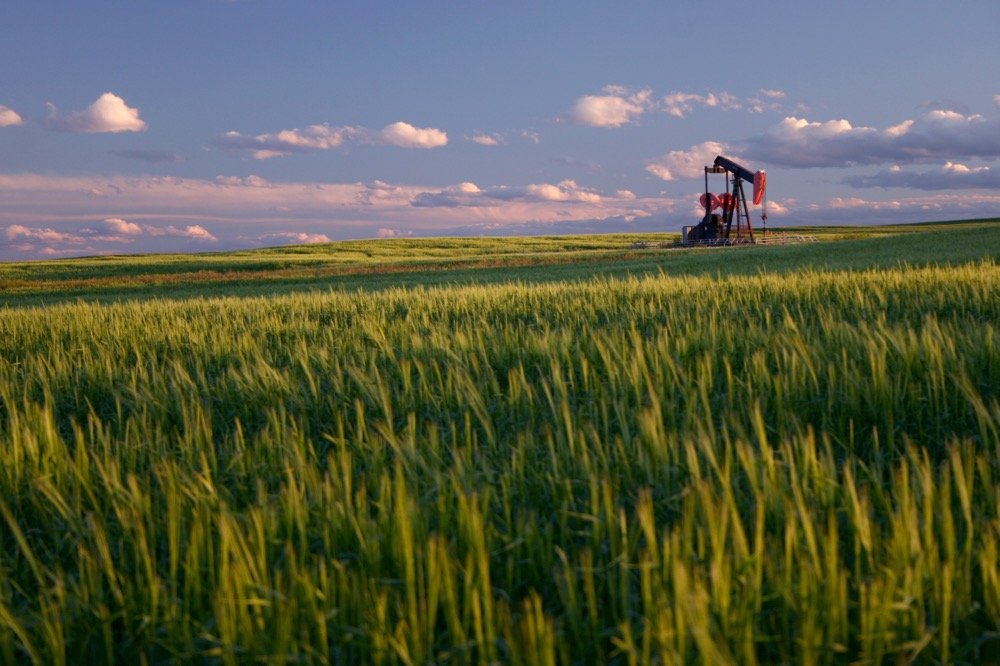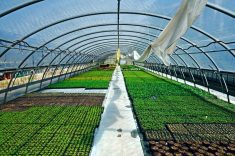The rapid expansion and increase in farm size have had a large societal cost as enterprises grew and the communities they once supported began to shrink.
The demise of small towns is not so much from the past attrition of young people leaving for the city as from the lack of a nearby rural population to support the core activities that back local businesses and services.
In many places, business started to decline as the population in town aged and the countryside depopulated. And though living in a small town is now attractive for many young families, they require a level of infrastructure and communication unprecedented in the past. Many now work virtually or commute, which spreads the spending power between the rural town they live in and the urban place where they work.
Read Also

Is a weather station right for your farm?
Weather stations could make a great Christmas gift for the farmer in your life.
Having new folks in town, especially new immigrants, brings a wonderful energy and diversity to the community. But it may not be enough to keep rural agricultural connections alive. The farmers themselves are not living in town. Rather, they are living further and further apart. And social media may not be enough of a connection.
A farm today could have as many as 20 sections — land that once housed 20 to 40 families. These families supported the local infrastructure, schools, churches, government, sports teams, medical clinics and financial institutions. These farmers were the foundation of the communities we enjoy today. They built the churches and community halls that were the hubs of social interaction.
What has been the cost of massive farm expansion?
From the perspective of the land, there is a loss in biodiversity within the boundaries of the farm. Many larger farms have taken out shelterbelts, drained sloughs and levelled yards and gardens to maximize the surface area. There is also a loss of diversity in types of farms. In many cases, there is more mono-cropping and the type of livestock grown has intensified and is less varied.
This was driven by export economics and the demand from consumers to have more, have it now and have it perfect. In other words, the expansion took place because there was also a supporting market and farm policy.
But growth and efficiencies came with a societal cost.
Medical, fire, police, senior care and education facilities have been centralized, much like grain elevators. Parents with children in sports spend more time on the road than the kids do playing the game. And there is a constant struggle for child and senior care. Things such as food insecurity may not be seen, especially with the elderly, and cries for help where there is domestic violence may go unheard.
There are also mental and physical health costs when face-to-face interaction in rural communities is limited.
A multitude of studies have identified a host of conditions that are directly related to isolation: Immune disorders, stress, Alzheimer’s disease, high blood pressure, heart disease, depression, substance abuse and suicide are prominent.
For rural persons of all genders, even in this digital age, isolation is real and the silent killer is loneliness. Research repeatedly confirms that folks must be accessible to one another and that interaction must be intergenerational.
There is a man in Mom’s place of care. The resident (who I will call Fred) has never had a visitor and we had never heard him speak. One day as we chatted with Mom, my grandsons left us and went out to play. Later, we found the boys were not outside, but playing with Fred. As they tossed a huge balloon back and forth with him, we heard him say, “Who’s next, boys?” and “Good catch.” For the first time, he was speaking.
Isolation and loneliness set in when we don’t have that intergenerational and intercultural connection and a space to lean on each other, to laugh together, to discuss our lives, to learn from each other, to plan together, to share, to be heard, to play, to be inspired and to give back to the needs of our community.
For the man in this story, loneliness silenced his voice. For others, young and old, the collective weight of isolation and loneliness has cost them their lives.
“No man is an island,” wrote John Donne, and no person should try to be.
There have been huge mental and physical health costs for many farm families as a result of massive farm expansion and increased isolation.
It is not just the towns that have shrunk. So too has the social circle of many rural residents.
If we want all our rural farming families to be well, we must find and fund ways to support them, to bring them together.
And farming families — wherever they live — must be empowered to make choices that give them time away from the farm, time for intergenerational interaction and access to the services they need. Only then will we rebuild our once resilient communities.
















